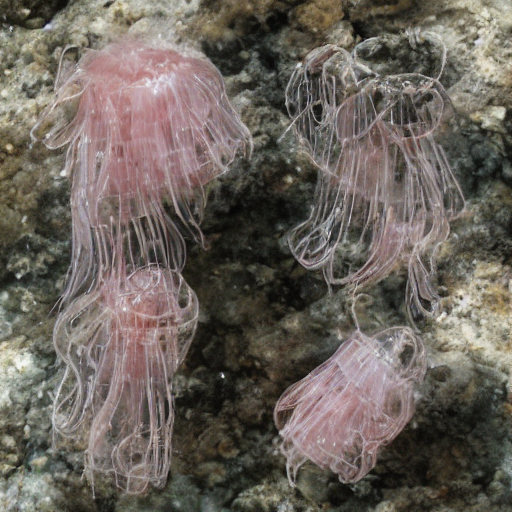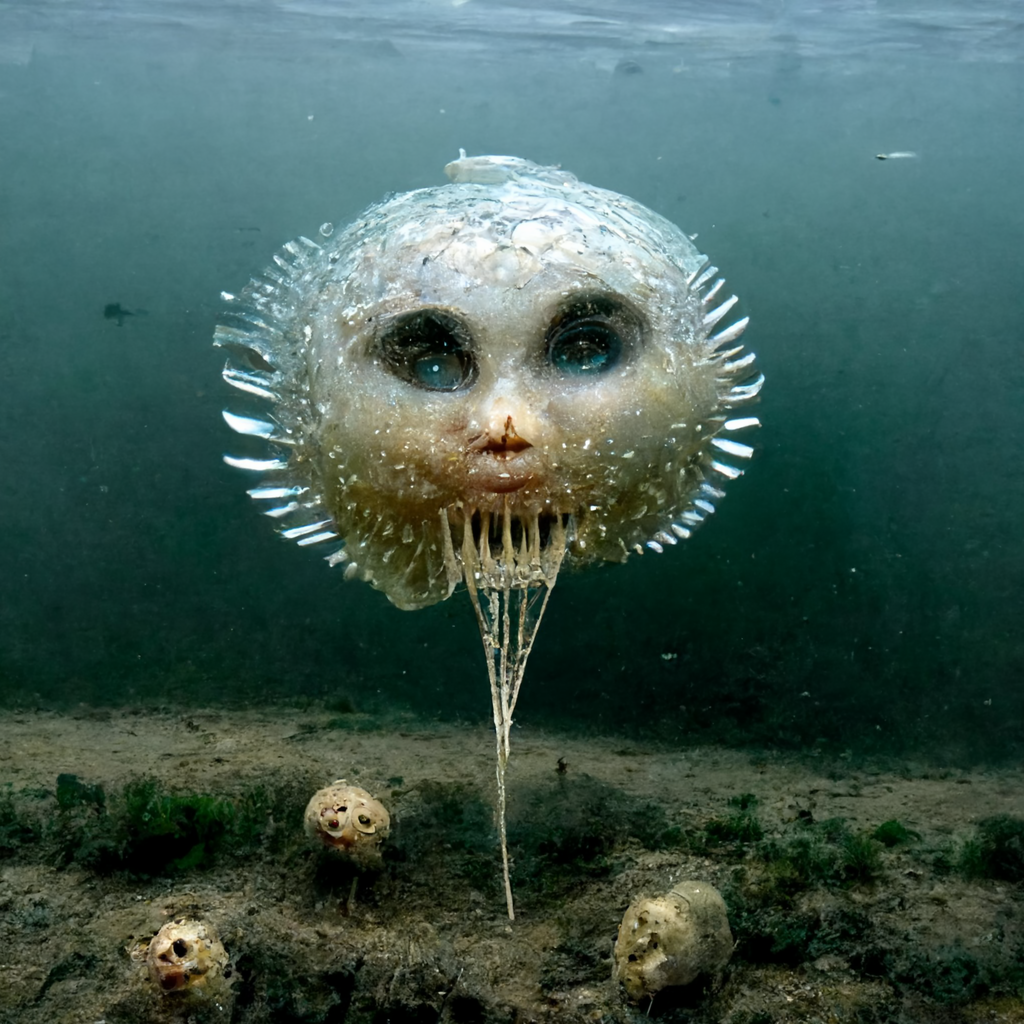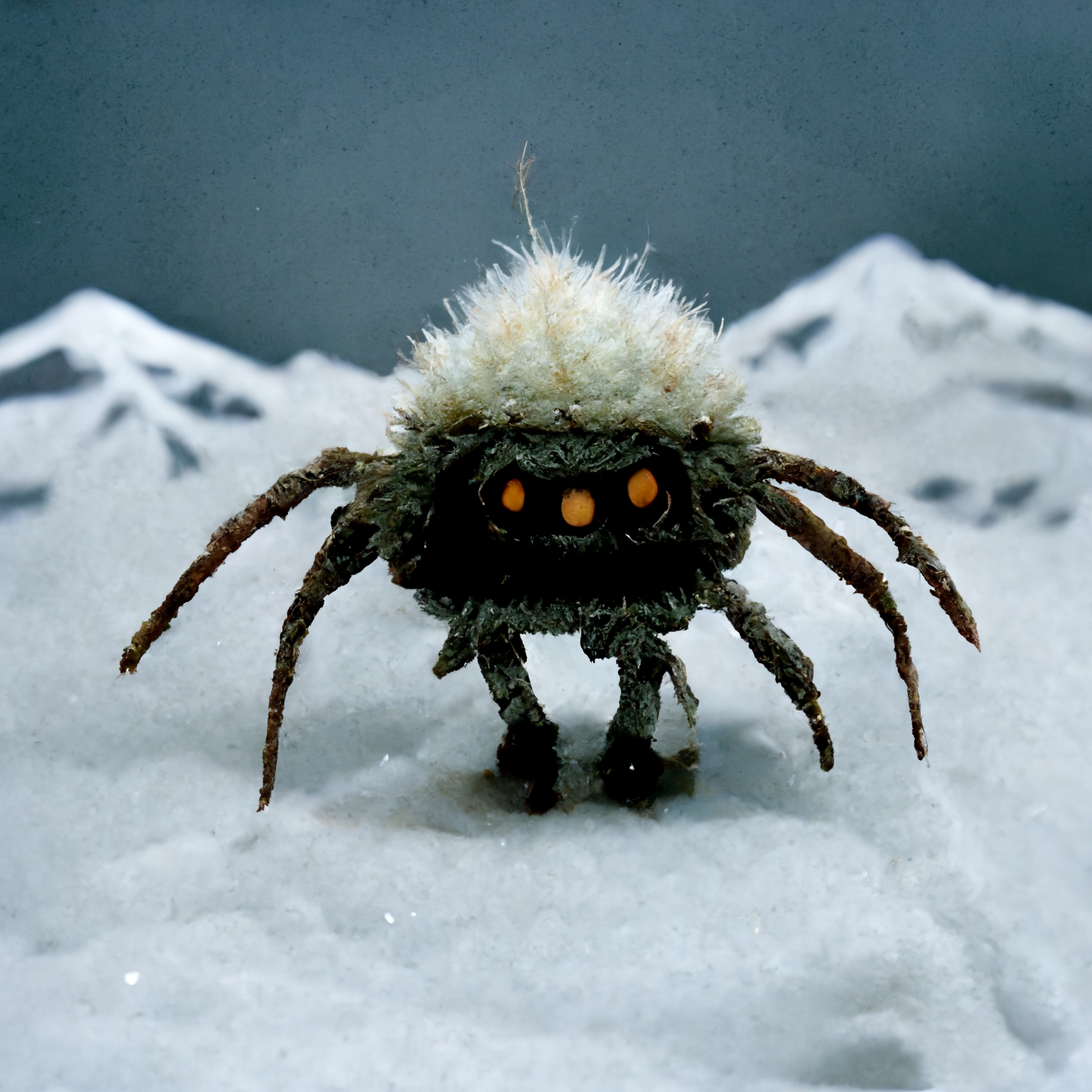

Ayris are large, green worms that live near shallow waters. They can grow to be up to ten feet long and weigh up to four hundred pounds. They have a mouth with a large tongue in the middle of their head, which they use to feed on small fish, crabs and other marine animals. Ayri mobility is extremely limited: they lack any bones and instead rely on a complex network of contracting muscles around their bulbous mass of body fat.
Explore an endless universe of ficticious life on NovelGens.





